Our round-up of our top fun and interesting facts about Argentina, following our big trip around this fascinating country.
On our first trip to Argentina, many moons ago, we began in the uber-cool capital of Buenos Aires and headed all the way south to Patagonia for some of the best treks we've ever done.
Along the way, we also visited cities like Córdoba, Mendoza, Rosario, and Puerto Madryn.
Our conclusion? This is a place begging to be explored! Some of the most stunning raw natural surroundings, a rich cultural heritage that includes Evita and the tango, a delicious (non-veggie friendly!) culinary journey, and arguably the hottest people on our planet who (in Marlene's own words) throw themselves at you…

Marlene Dietrich was definitely on point when she said this. The Argentinians are an extremely passionate hot-blooded bunch with their own unique style of Spanish, spoken with strong Italian-like charisma. They will instantly embrace you into their lives and in return, you will no doubt quickly fall in love with them.
“Latins are tenderly enthusiastic. In Brazil, they throw flowers at you. In Argentina, they throw themselves at you!”
Marlene Dietrich
We've bundled all of this together and made this list of our 16 interesting facts about Argentina you need to know.

Advice for LGBTQ travellers to Argentina
We found Argentina to be a very gay friendly destination, especially in the bustling capital city – Buenos Aires. There is a large gay scene in Buenos Aires as well as a smaller one in other cities like Mendoza, Córdoba, Rosario and Puerto Madryn. However, homophobia is still prevalent in more rural parts of the country, so if heading off-the-beaten-track, be cautious of this and minimise public displays of affection. Read more about what gay life in Argentina is like in our interview with LGBTQ local, Juan from Buenos Aires.
1. Argentina has the best steak in the world!
Argentinians are super passionate about their meat and it shows: their steak is world-famous! This is largely due to the abundance of cows. According to the Cattle Network, Argentina is 1 of 5 countries in the world (along with Uruguay, Brazil, New Zealand, and Australia) which has more cows than people.
The place to enjoy a beautifully prepared steak is at one of the many steakhouses, called parillas (pronounced parisha in the Argentinian dialect – more about this below!). The parilla is, in fact, the name of the large iron grill in which the meat is barbecued. Also worth noting, an “asado” is the name given to the gathering with a group of family/friends for a large barbecue, usually on a Sunday, with plenty of meat, wine, and laughter.
Some of the best parillas for asado that we tried on our trip were in Buenos Aires including “Lo De Jesús” and “Caldén del Soho”.
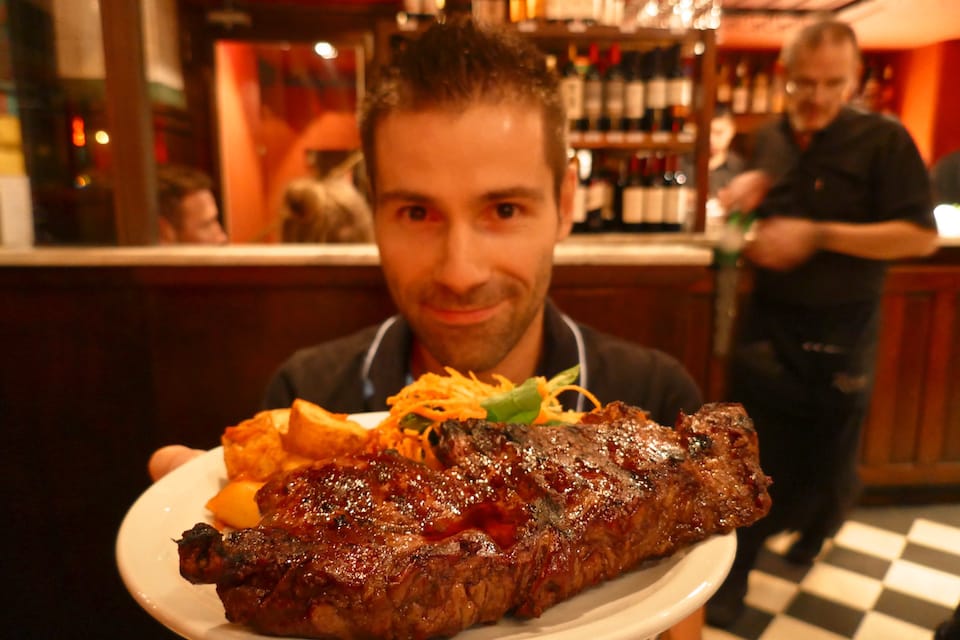
2. Evita was the first woman to appear on the currency
If you think football gets the Argentinians fired up, wait till you get them onto the subject of their political figures. They are either extremely loved, or hated, with immense passion!
The most well known is the one famously depicted by gay icon Madonna – Evita Perón. Depending on who you ask (rich/poor, feminist, gay, right/left-wing), the subject of political figures like Evita is sure to ignite quite an enthusiastic response of some sort.
Despite what your sentiments may be towards Evita, she nonetheless remains a prominent part of Argentinian culture and still very popular amongst the Argentinian LGBTQ community. To mark the 60th anniversary of her death in 2012, ex-President Kirchner unveiled the new 100 pesos banknote, which features Eva Peron's face. Evita thus became the country's first woman to appear on its banknotes.
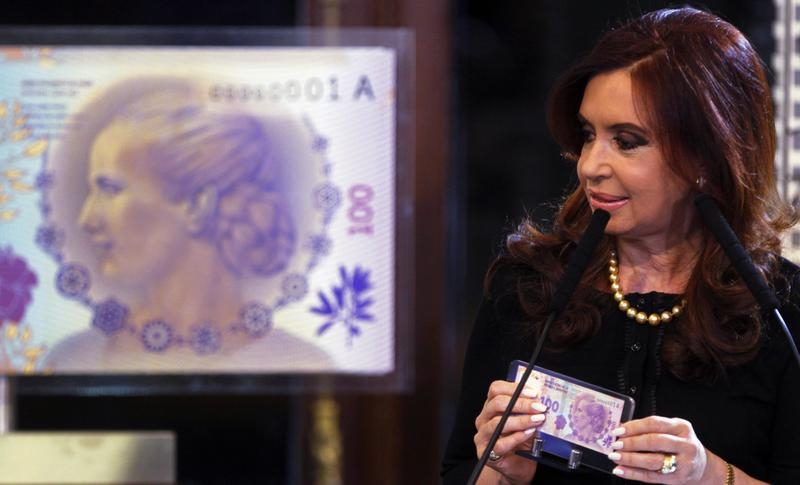
3. Maradona has his own Church and religion!
No joke! There is a legit Church and religion set up in honour of the football legend.
Forget Pope Francis (who as it happens is originally from Buenos Aires!) – over here, Maradona IS God. The Iglesia Maradoniana was founded in 1998 by his fans in Rosario and now has over 80,000 members spread across 55 countries. To them, he is their D10S (Dios in Spanish means God, and Maradona's shirt was #10).
They also have their own 10 Commandments, which includes naming your first son Diego and making Diego your middle name!
This speaks volumes of the Argentinians' love for football. Nothing quite ignites the Argentinian passion, or so dramatically unites the country than a big soccer match – particularly with main rivals Brazil. Even as an LGBTQ traveler, (who, let's face it, we're not the biggest football lovers!) you can't help noticing the obsession with football when traveling in Argentina.

4. Yerba Mate is the most popular drink in Argentina!
Clue: it's not wine!
Just when you've riled up the passions of the Argentinians over football or Eva Perón, in comes the “Mate” – often considered to be the National Drink of Argentina. Mate (pronounced MAHteh) is serious business here. It is deeply ingrained in the culture and is the focal point in social gatherings, handed around for everyone to share.
Mate is a black herbal tea made from the yerba mate herb, grown in the Northeast provinces of Misiones and Corrientes. The herb is placed in a gourd (the mate pot), hot water added, then served from a metal straw called a bombilla.
Preparing the perfect mate is a work of art, one which only a true Argentinian will know. Watch and let us know if you think Sebastien was able to come close to conquering this skill when this cute Argentinian lesbian couple tried to teach him:
5. Argentinians eat very late
Argentinians eat super late – dinner doesn't get going until well after 9pm and goes on till the early hours of the next day!
Lunch is around 2pm, so what the heck do people do between lunchtime and midnight when stomachs get emptied? Merienda, of course! At around 5 pm, the Argentinians have merienda, similar to the British tea time to stave off hunger and to stay awake until dinner at 10 pm. We found this to be very similar to the eating culture in Spain – who also looked at us funny when we started looking for a meal at 7/8 pm!
One of the most common snacks for merienda is medialunas (meaning half-moon). These are savoury or sweet moon-shaped pastries, similar to French croissants and unique to Argentina.
Medialunas are of course not just for merienda time. Any time of the day can be medialuna time, particularly breakfast time. To find out more, read our guide to the best traditional foods of Argentina.

6. El Pato is the official national sport
Hold up…WTF?! This is Argentina we're talking about, the land of Diego Maradona, Lionel Messi, Sergio Agüero etc, surely the national sport is football!?
Think again. In 1953, President Juan Perón (Evita's husband) decreed El Pato to be the national sport.
Pato has been played in Argentina since the 1600s. It is traditionally a game played by gauchos on horseback, which combines elements of polo and basketball. However, instead of a ball, a basket is used, which historically contained a live duck inside, hence the name. Today a ball is used in place of the duck, but the same rules apply.
Bizarre? The Argentinian parliament thought so in 2010 and tried to introduce a bill to elevate football to national sport status and reduce pato to a traditional sport. Defenders of pato argued that despite soccer's popularity in the country, pato is 100% Argentinian whereas football is a sport imported from England!
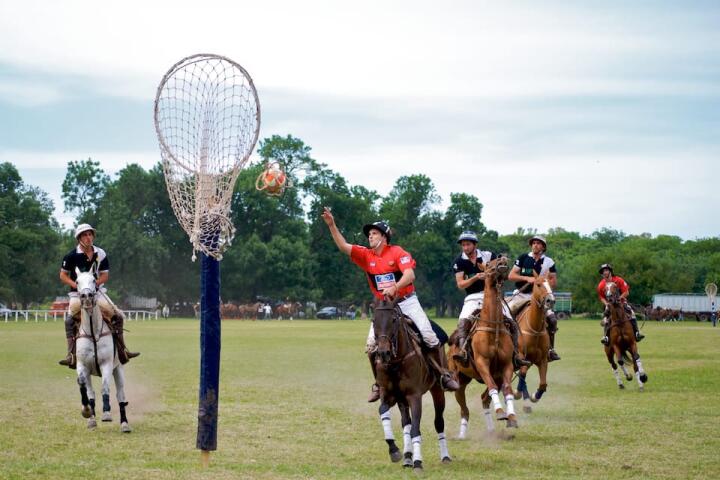
7. The Argentinian cowboys are called Gauchos
Those gaucho boys have a lot to answer for.
As well as popularising pato (see above), the gauchos were historically the freemen of Argentina (and Uruguay) in the 1700s and 1800s, who rode horses and would catch all those many wandering cows. They would take their finds to the pulperias (taverns) and trade the cows for leather, alcohol, tobacco, salt, and of course, some mate.
Eventually, the method of herding cows was controlled, so gauchos had to then work at an estancia (cattle ranch) instead of roaming independently.
Today those poncho-clad gauchos are an iconic and emblematic symbol of Argentina. They have been greatly admired in folklore and legends. For example, the epic poem El Gaucho Martín Fierro by Jose Hernández is often said to be one of the most important literary works in Argentina. It is about Martín Fierro, who is drafted into the Argentine military to fight the native people. He manages to flee the army and becomes an outlaw who ends up living among the natives he was forced to fight. This poem was about how gauchos became a symbol against corruption, representing Argentina and its national traditions.
We tried out our own gay gaucho couple fantasy in Buenos Aires with our new Argentinian ponchos:
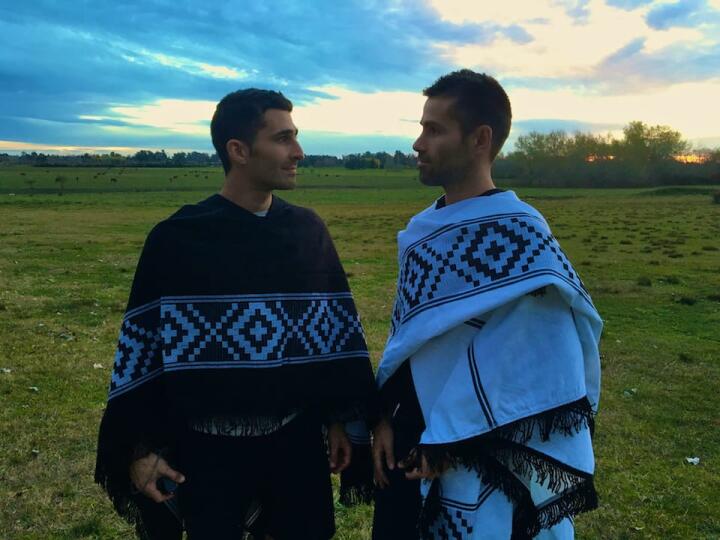
8. Argentina has a very unique Spanish accent!
Learning Spanish in Argentina is sooo rewarding, especially in Buenos Aires! The country has its own unique pronunciation, which is quite dramatic, thanks to its strong Italian influence. This includes lots of hand gestures!
Technically, the most distinct thing you will notice, particularly in Buenos Aires, is the change of the ll (lye) to a sh sound. So for example, the word for street, calle will instead be pronounced cashe, or if you're asking someone's name, you would say “como se shama” (instead of llama).
Another very unique aspect of Argentinian Spanish is using the word Che to ask how someone is or more literally “what's up?” The famous Argentinian revolutionary, Ernesto Guevara was nicknamed Che because of his frequent use of this expression.
Our favorite Argentinian slang word is “boludo”, which literally translates to “a big balled person”! It is usually used as a term of endearment amongst friends and sometimes as an insult depending on the context.
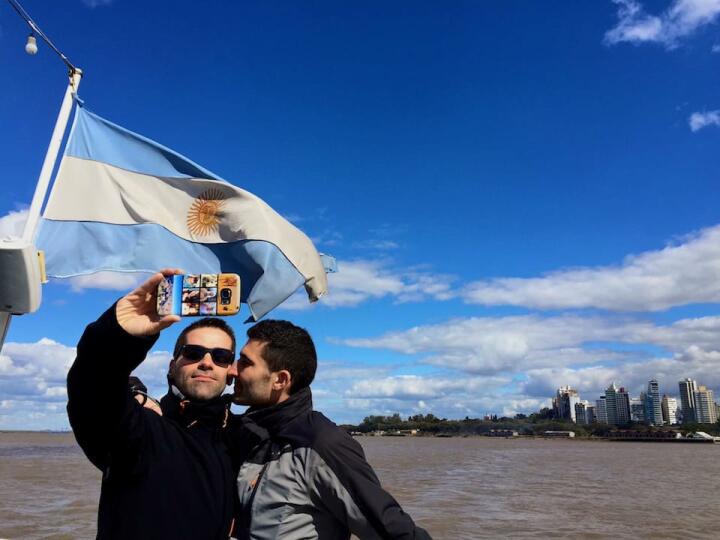
9. Soda Sifón served at every restaurant table
The words “bad wine” and “Argentina” just don't belong in the same sentence. Argentinian wine is world-famous. The country is the world's 5th largest producer, with Argentinian Malbec one of the most famous. It's so important to the country that in 2010, the government declared it the nation's national liquor.
But historically it wasn't like that at all. Until methods improved in the 1990s, wine producers were more concerned about quantity over quality, rendering most of the wine produced unexportable. It was so bad that sparkling water in a siphon was commonly served alongside the wine to mix it and mask the flavour.
Obviously, this is no longer the case today. Bad wine just doesn't exist in Argentina! Trust us – after your obligatory wine travels around the bodegas of Mendoza, you'll see what we mean! However, the culture of mixing soda water with wine prevails in modern-day Argentina. Therefore, expect to find a siphon present at your table when dining out!
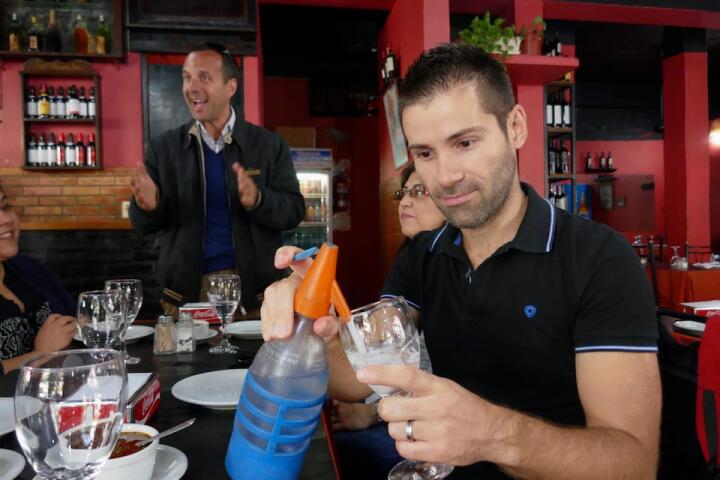
10. Argentina was the richest country in the world in 1913
Modern-day Argentina has had its fair share of economic crises, including the 1998-2002 Argentine Great Depression. More recently the country has been in a recession since 2019, exacerbated by the 2020 Coronavirus global pandemic, which has plunged nearly half of its population into poverty!
It wasn't always like this. Back in the early 20th Century, Argentina was extremely wealthy. In 1913 Argentina was one of the richest nations on our planet! For example, Argentina's per capita income was higher than France and Germany, twice that of Italy and Spain, and almost five times that of Japan. Its per capita GDP was almost as high as that of Canada. This was mainly thanks to the mass immigration from Europe, which created a large workforce to farm the vast fertile land, helping to push economic growth.
Sadly, from the 1930s, Argentina's economy started to deteriorate following the political instability created when the military junta took power, which ended 70 years of civilian constitutional government. Although there was a slight peak in per capita GDP in the 1960s and 1970s, modern-day Argentina has sadly been dominated by terms like “sustained recessions”, “defaulted on its debt” and “large currency devaluations”.
11. Argentina had 5 Presidents in 10 days in 2001
In December 2001, Argentina saw a revolt against the government which included violent riots in Buenos Aires, Rosario, and other big cities. The revolts were in response to the devaluation of the Argentine peso, which had caused an economic crisis. The current president resigned amidst the unrest, which saw the deaths of 39 people by police and security.
So when Fernando de la Rúa resigned, there was an interim president appointed, which is generally what happens when a president resigns, to manage things until the Senate and the House of Deputies can meet to assign a new president. Rámon Puerta served as the interim president for about two days. Then Adolfo Rodríguez Saá was appointed but was only meant to serve as president until March when elections would be held.
Saá wasn't too happy with that and began to consolidate his power which led to more rioting. In the end, Saá also resigned after about eight days as president. Rámon Puerta didn't want to be interim president again, so Eduardo Camaño (who was the Speaker of the House of Deputies at the time) was named interim president. He served for about three days until the legislative assembly chose Eduardo Duhalde, who ended up being president until the elections in 2003.
But between the dates of 20th December 2001 and January 1st 2002, there were five presidents of Argentina!

12. The first country to legalize gay marriage in South America
Argentina was the first country in Latin America to legalise gay marriage in July 2010, which included full adoption rights. In addition, the right to change legal gender has been in place since 2012 and anti-discrimination laws are in full force in Rosario and Buenos Aires.
Being the first country in Latin America to legalize gay marriage speaks volumes in a country with such strong influence from the Catholic Church. It also shows how incredibly gay friendly Argentina is. Argentina was also the second country in the whole Americas to legalize gay marriage and the tenth in the entire world!
Along with gay rights, Argentina has some of the most comprehensive transgender rights in the world, leading the World Health Organization to say it's “an exemplary country for providing gender equality rights.” This is why we rate Argentina as one of the most gay friendly countries in the world.
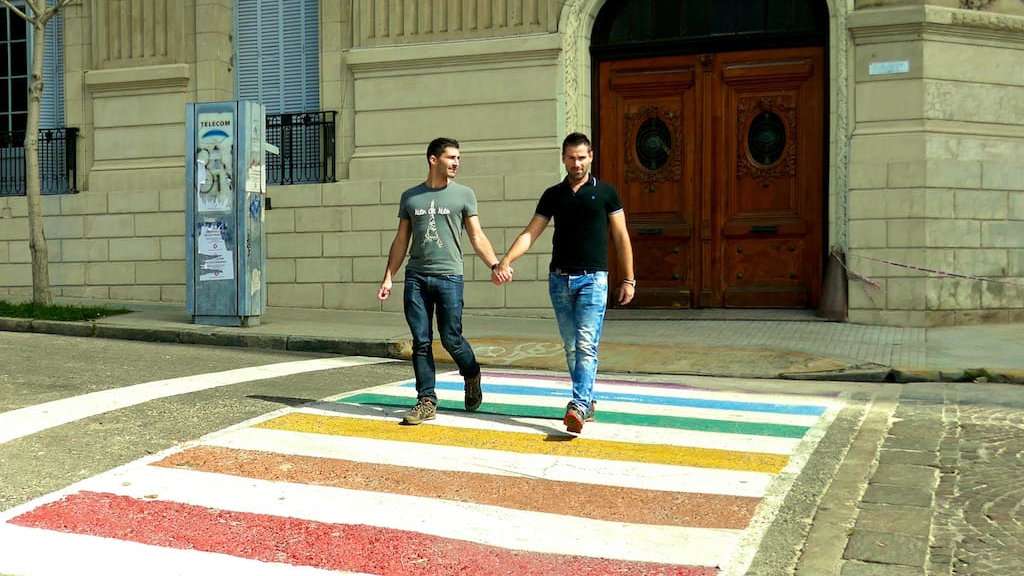
13. Argentina is The Land of Silver!
No, seriously, that's what it means in Latin. “Argentum” is the Latin word for silver, although the country was first dubbed “Terra Argentea” by a Portuguese explorer. So the story goes: a Spanish conquistador in the 1500s heard about a famous White King ruling over a land filled with silver, in what is modern-day Bolivia.
Well, the conquistador sailed to Potosi and received silver gifts but on his way home he was killed by Payuguás tribesmen living near the border of Brazil and Paraguay. Some Guaraní people had been a part of the expedition so they returned home with the silver objects and spread the story that you could reach the Sierra de Plata (land of silver) by traveling up the Río de la Plata (River of silver).
So after hearing all that, the Portuguese explorer Lopo Homem marked “Terra Argentea” on a map in 1554. And the rest, as they, is history!
Well, sort of. The name “Argentina” had also been found on a Venetian map in 1536. Basically, the word Argentina comes from Italian, French, Spanish, and Portuguese words for “silver”, “silver-colored”, and “made of silver”. There are plenty of silver mines in Argentina though, so they weren't wrong!
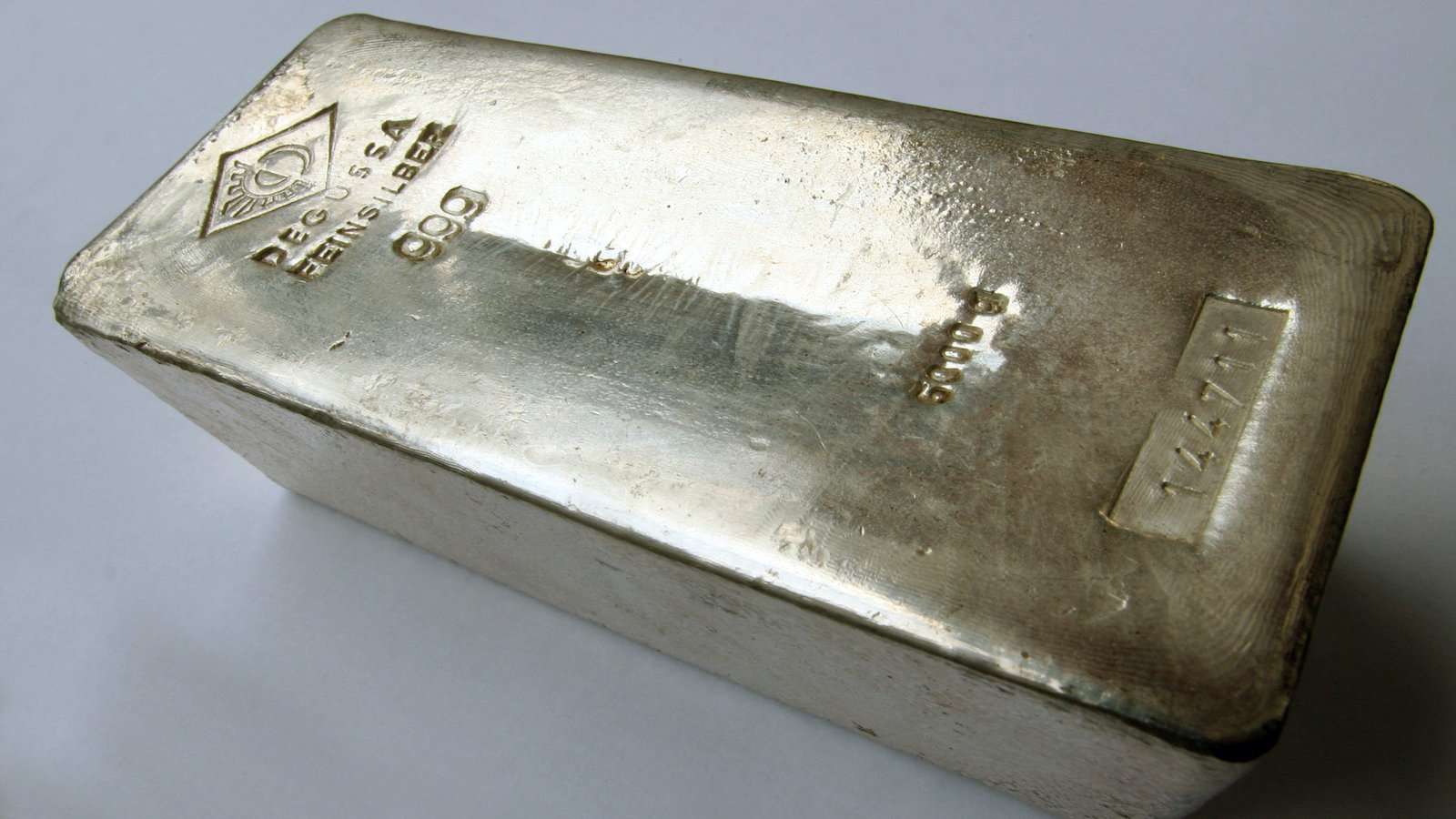
14. Argentines are Italians who speak Spanish but think they are French…
…but secretly want to be British.
At least, that's a well-known Argentine saying. The country is famously a melting pot of many different cultures, due to Spanish colonization and subsequent mass immigration between 1857 and 1950. During that time, only the USA received more immigrants; Argentina was ahead of other popular countries like Canada, Brazil, and Australia.
Argentina has one of the highest literacy rates, per capita income, and standards of living in the region, as reported by the NY Times. These facts, combined with their European backgrounds, have led Argentineans to become regarded as quite arrogant and rather disdained by other Latin American countries.
There's no denying that Argentina is a country of diverse cultures and languages though. While Spanish is the official language, English is taught from primary school and other languages are widely spoken including Italian, Arabic, German, Yiddish, Guaraní, Catalan, Quechua, Wichí, Vlax Romani, Albanian, Japanese, Aymara, Ukrainian, and Welsh… phew!
15. The largest dinosaurs ever were discovered in Argentina
More than 28 different dinosaur fossils have been discovered in Argentina, including the fossilized remains of the biggest dinosaur ever found! Palaeontologists have been excavating the bones of a new type of Titanosaur, thought to be 40 meters (130 feet) long, 20 meters (65 feet) tall and weighing 77 tonnes. That's bigger than the previous record holder of the Argentinasaurus – also found in Argentina obviously!
Most of the dinosaur remains found in Argentina are from the Patagonia region, which is mostly desert now but used to be a lagoon surrounded by forests and plains about 95 million years ago. This was the Cretaceous Period, when dinosaurs reached their largest sizes before becoming extinct at the end of the Cretaceous, about 65 million years ago.
Since the area is now mostly desert, that makes it relatively easy to find and excavate dinosaur remains that have been naturally uplifted by erosion. Other desert locations like the badlands of the Dakotas, Wyoming, and Montana, as well as in Mongolia’s Gobi Desert, are also hotspots for dinosaur discoveries.

16. Tango is a big deal in Argentina
Nothing evokes the passionate spirit of the Argentinians better than this very famous sensual and seductive dance. Tango is probably the first thing that comes to mind when you think about Argentina. However, did you know that at its inception back in the 1870s, tango was danced between two men?
This sensual world-famous dance originates from the brothels and low-class cafes of Buenos Aires when it was a ballet-like dance between two men. Back in those days, there was a gender imbalance in Buenos Aires with a greater population of eligible young men. This was because there was a famine in Europe at the time so families sent their sons over to the new world to make money. Opportunities to “get” with a woman were therefore super competitive and usually only social dances, so all those young lads had to be world-class dances if they stood much hope of wooing a lady. This was why the men would practice together so as to perfect their polka and waltz.
Voila – the tango was born!
Over time that gender imbalance on the streets of Buenos Aires started to even out and queer tango dancing got lost. However, since 2002 it has become more fashionable with queer tango schools popping up all across the country. We took a queer tango class in Buenos Aires which was one of our favorite memories from our travels in Argentina as a gay couple.
Read more travel adventures like this in our book!
We've published our very own gay travel book called, ‘Out in the World'. It has all our practical safety tips, first-hand advice, and travel stories from some of our favorite destinations.
We hope it inspires you to have a fun and safe trip!
Click on the book to order:

For more inspiration:
- Make sure you check out our gay Argentina country guide
- As well as our gay city guide to Buenos Aires
- And for somewhere to stay, these are the most unique gay hotels in Buenos Aires
- If you're travelling as a couple, these are the most romantic things to do in Buenos Aires
- Check out these great gay bars in Buenos Aires too
- Wine-lovers will definitely want to visit Argentina's wine capital of Mendoza
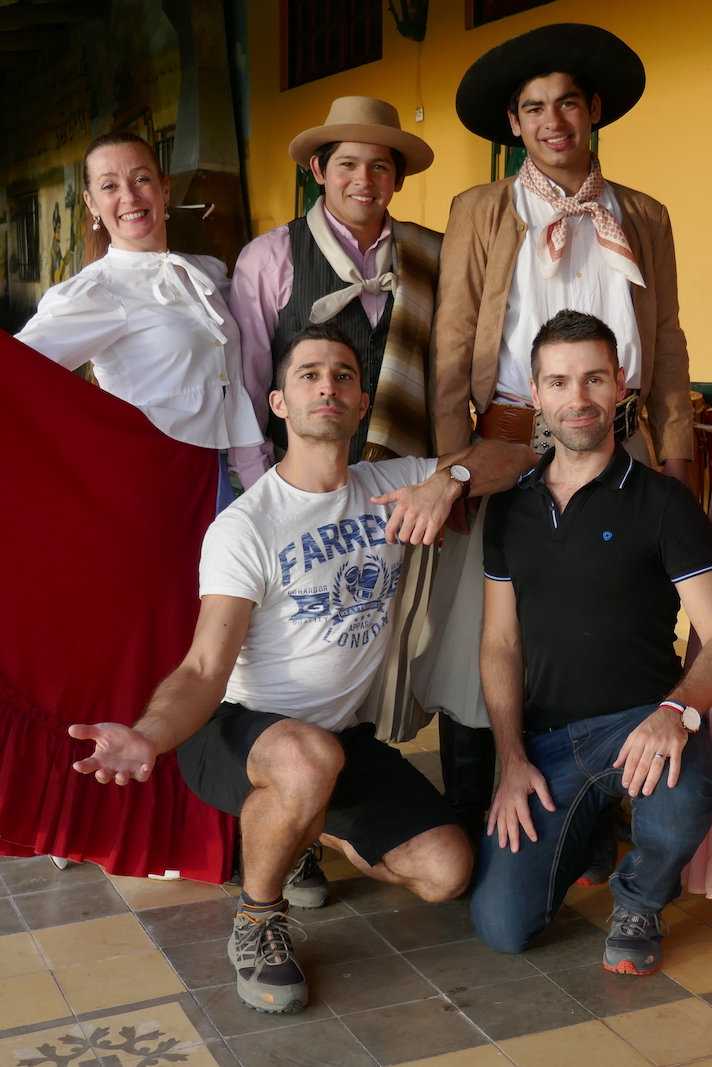
Happy travels are safe travels
We recommend you always take out a reputable travel insurance before your next vacation. What happens if you suffer from illness, injury, theft, or a cancellation? Many travelers forget about it and regret it when something happens. Better to pay a small price and have the peace of mind and not worry.

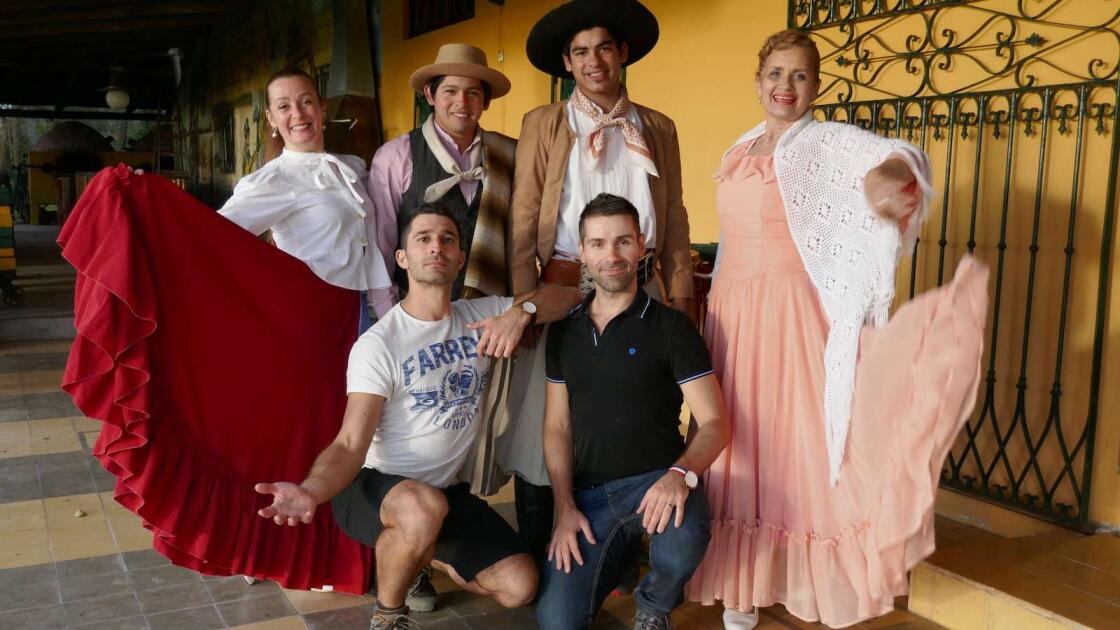
Friday 9th of December 2016
3.5